The Highlights of Czech Cuisine and Where to Get Them
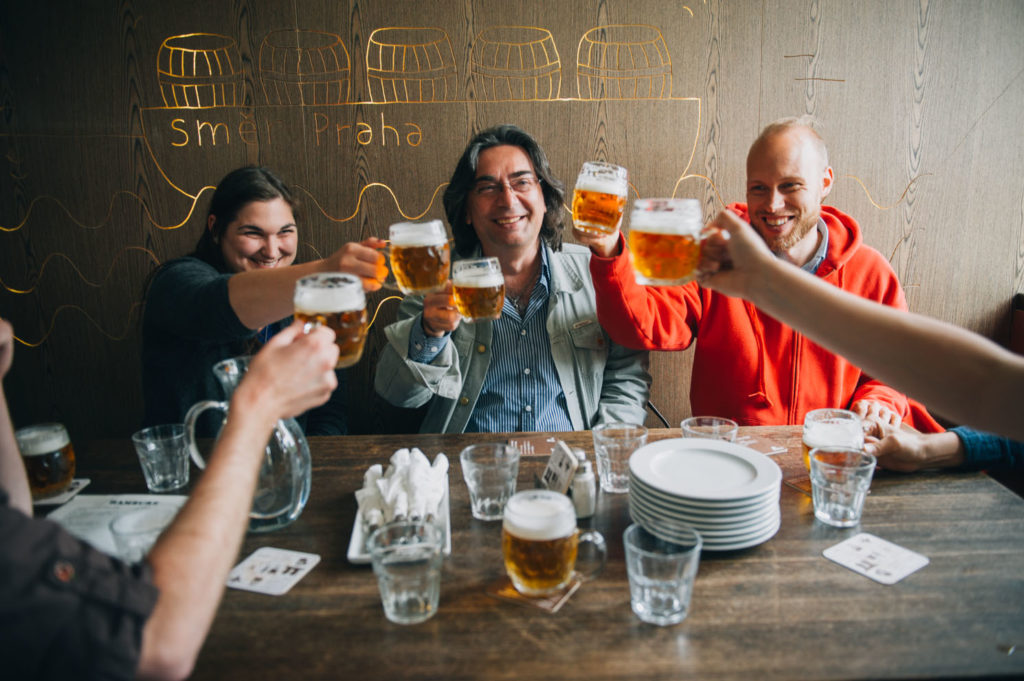
Are you familiar with Czech cuisine? You might want to get acquainted with it because the Czech Republic offers some of the best opportunities to stuff your belly! Getting to know the local dainties is an essential part of every trip and you definitely shouldn’t neglect it while in Prague.
Let’s be honest, as opposed to Italian or French culinary traditions, Czech cuisine is not exactly world-renowned. And yet many of the popular European meals and pastries have their origin within the Czech lands. Discovering some of these might grant you the opportunity to taste delicacies you have never heard of. And trust me, you will fall in love with them. So forget about pizza and burger for a bit and give a chance to good old Czech knedlík, you won’t be disappointed.
If you are truly interested in Czech cuisine, try our Old Town Evening Food Tour that will take you to some of the best local restaurants and allow you to experience as much as possible in just one evening! With the alluring commentary from our knowledgeable guide, you will soon become an expert on all the goodies this city may offer.
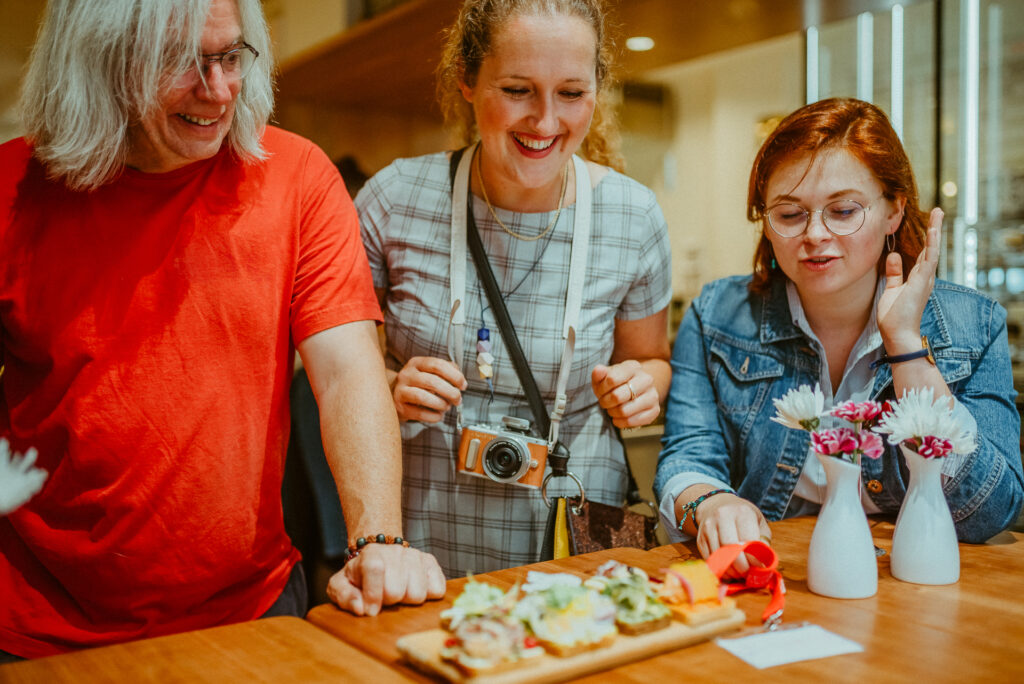
What to expect
It seems there must have been some seriously cold winters back in the history of Central Europe because Czech meals are just made for cosy nights by the fireplace. Heavily based on meats and carbs, the traditional Czech dish is not exactly light, but highly satisfying nonetheless. Also, there is a lot of influence from the neighbouring countries, so don’t be surprised if you come across something similar elsewhere on your European trip.
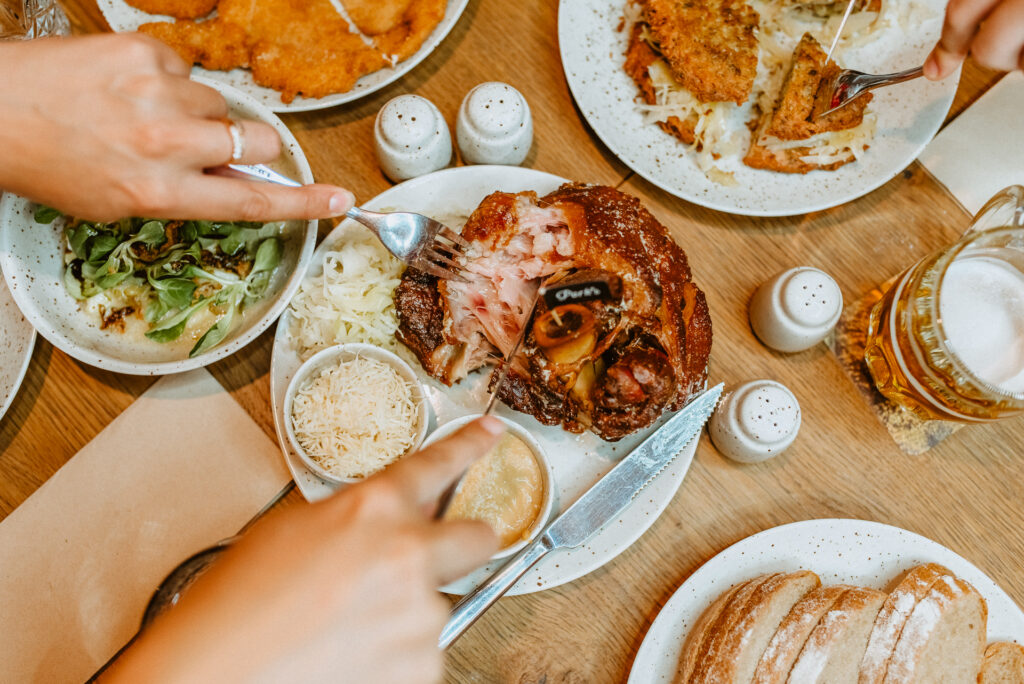
The majority of Czech meals typically consists of two courses, with a soup preceding the main dish. A typical Czech dish includes a portion of meat (most commonly pork, beef or game), a thick creamy sauce based on stewed vegetables, and the popular dumplings (knedlíky) as a side dish. Apart from these massive stomach fillers, there is also a plenty of snacks and tidbits to enjoy alongside beer or wine. You shouldn’t leave out the unforgettable Czech pastry, as some of our sweets will send your head spinning!
Main courses that won’t leave you hungry
Beef sirloin in cream sauce (svíčková)
Svíčková na smetaně is probably the most popular traditional Czech meal you will come across. It is a sirloin steak with a thick sauce made of root vegetables, spices, and double cream. It is usually served with bread dumplings (houskové knedlíky), a spoonful of whipped cream, and cranberries.
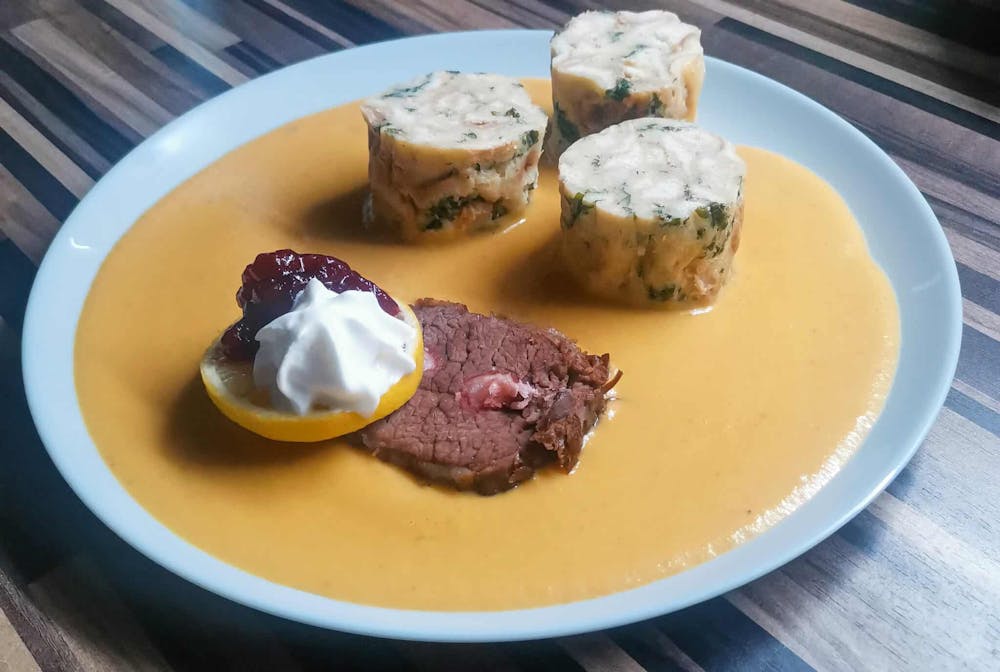
Fun fact: the literal translation of “svíčková na smetaně” is “candle meat on cream” – why candle? Well, nobody knows for sure, but the story goes that it might either come from the shape of the tenderloin muscle, the amount of tallow surrounding this muscle, or the traditional banquet with candles that this dish often dominates. But everyone is welcome to form their own theory… Anyway, this is why you sometimes encounter this bizarre item on a badly translated English menu.
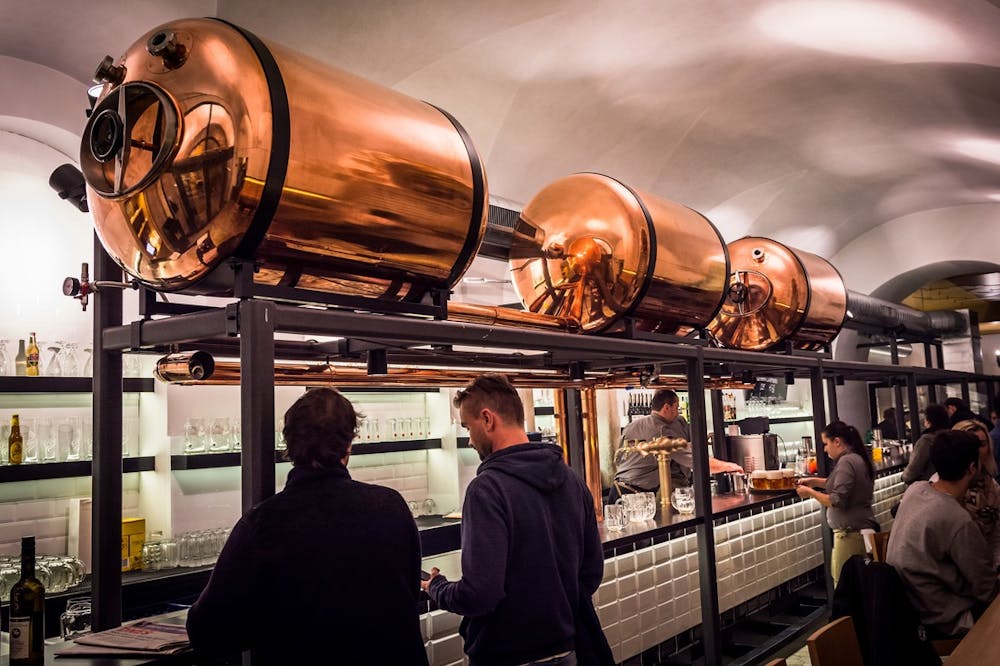
Where to get it: The best place for svíčková in Prague is Restaurace Mincovna. Although it is located within the touristic part of the Old Town, you will mostly find locals there. The name of the restaurant, meaning “the mint,” is derived from the former enterprise that resided in the building and that is partly reflected in its interior design.
Beef Goulash (hovězí guláš)
Goulash is an originally Hungarian dish that gradually spread all over Central Europe. It is a stew that consists of beef meat in a thick onion-based sauce seasoned with paprika. While the Hungarian goulash is served as a soup with no side dish, the Czech guláš is a main course often served with bread dumplings and garnished with sliced onion. The tourists coming to us through Hungary are thus sometimes confused as to what to expect in this field. In fact, our goulash resembles more what we would call “Hungarian perkelt.”
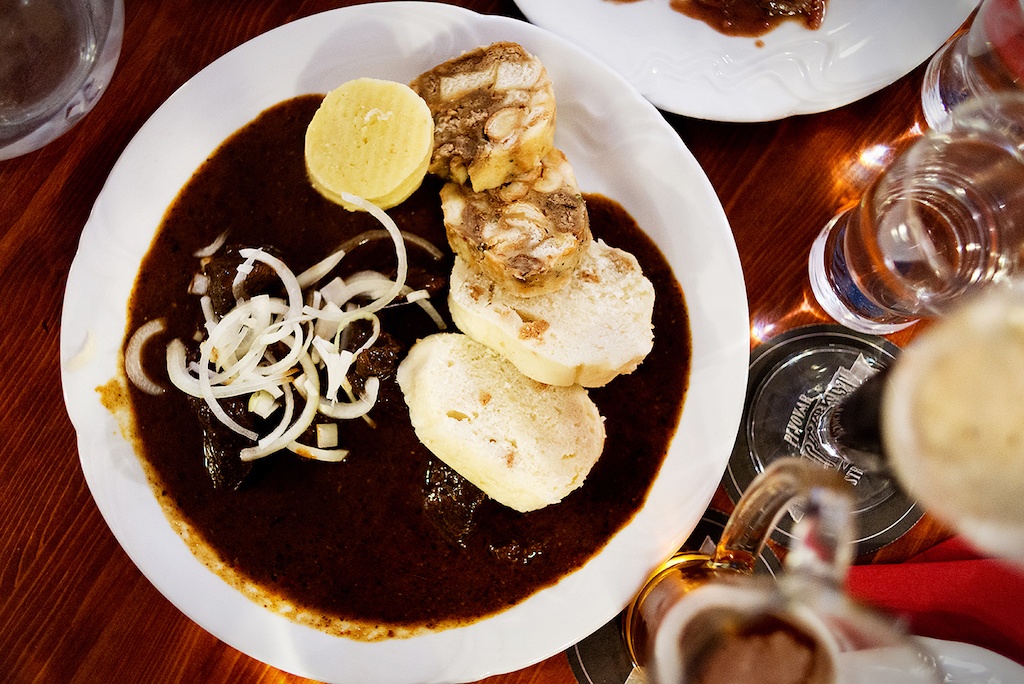
Can you guess what else makes it different from the Hungarian goulash? Beer, of course! The Czech chefs add beer to the stew, which creates a unique taste you won’t find anywhere else. The Prague-style hovězí guláš became so popular that it is nowadays considered one of the Czech national dishes. Apart from that, we also have a soup version of goulash, often served in a hollow loaf of bread as a local specialty.
Where to get it: Great goulash comes with great beer! The beerhouse Malostranská Beseda has both. Don’t get discouraged by their limited offer, it’s all real Czech treasures on the menu. Malostrasnká Beseda is a great place to conclude your expedition to the Lesser Town.
Roasted duck with braised cabbage (kachna se zelím)
Tender, juicy, and full of flavour – that’s the traditional Czech roasted duck. Served with delicious red cabbage and potato dumplings, it will make your mouth water even before tasting it. Kachna se zelím is typically served on St. Wenceslas Day – a national holiday commemorating the death of the good King Wenceslas (September 28). If you are in Prague around this date, roasted duck is a must!
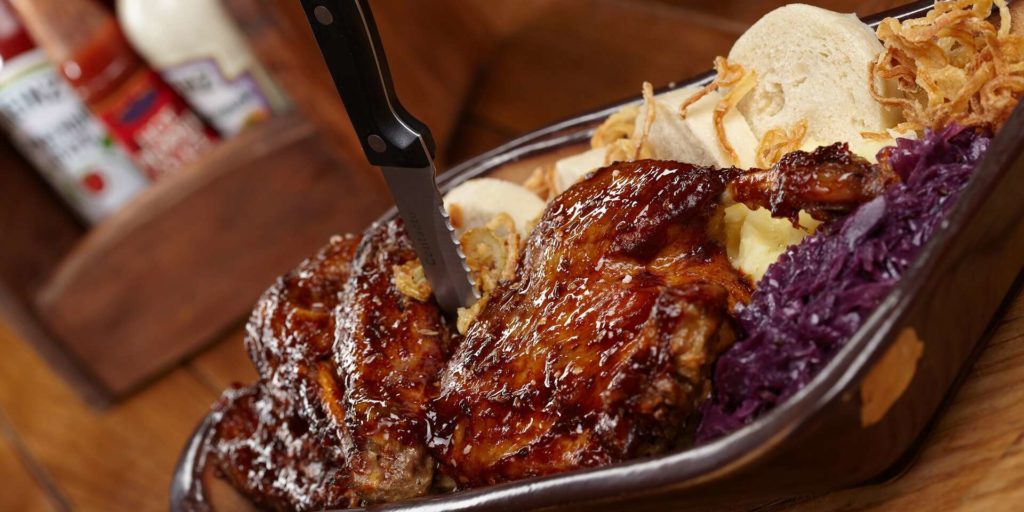
If you are not exactly a duck lover, you might also try an alternative in the form of vepřo knedlo zelo (roast pork with dumplings and sauerkraut).
Where to get it: The one and only place for a roasted duck is U Bansethů. The restaurant is owned by a famous family of chefs, whose ancestors used to prepare meals for the emperor Rudolf II himself. Treat yourself like an emperor and enjoy their culinary skills.
Wild boar with rosehip sauce (kančí se šípkovou omáčkou)
Another Czech specialty from the game department is wild boar with dumplings in a rosehip sauce. The meat is both lean and tasty and it is perfectly complemented by the delicate fruity taste of the sauce. It is a seasonal meal that is served especially during the winter.
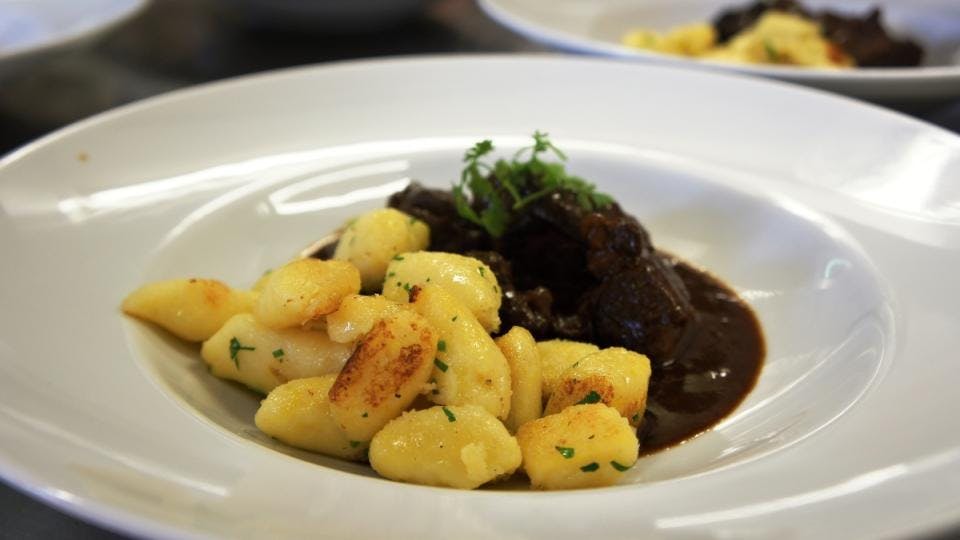
Where to get it: The restaurant and brewery U Tří růží, which you can find on both sides of the river, offers some of the best wild boars in town. Don’t forget to wash it down with some of their great tap beers!
Schnitzel with potato salad (řízek s bramborovým salátem)
Inspired by the famous Wienerschnitzel, the Czech řízek is a very popular kind of dish. A thin slice of meat (either chicken, turkey, or pork) is breaded in flour, eggs, and bread crumbs and pan-fried. Served with the traditional Czech potato salad, řízek is a common alternative of a Christmas dish for those who are not fond of the typical carp fillet.
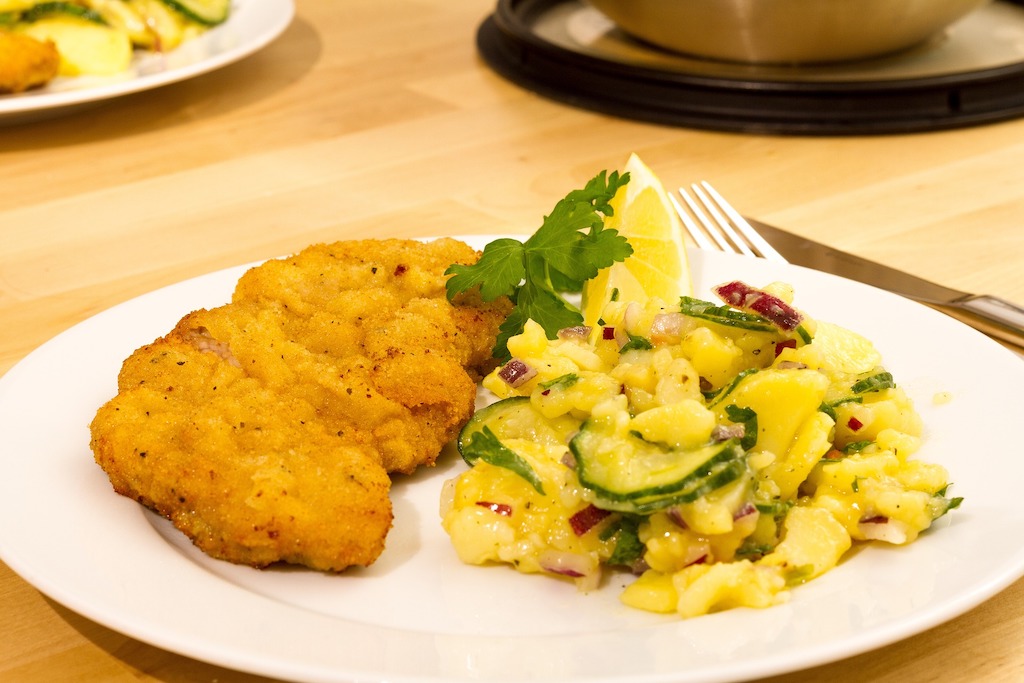
Where to get it: As one of the most popular dishes, especially beloved among kids, řízek is on offer in almost every restaurant with Czech cuisine. However, if you want to experience an extraordinary turkey schnitzel with potato salad, visit Kolkovna Olympia.
Steak tartare (tatarák)
Alert: for the fearless traveller only! Tatarák is a real challenge for those not acquainted with it. Made from raw ground beef, this unique dish shatters the idea that meat cannot be consumed without thermal processing. Although not originally Czech, steak tartare is served in most Czech restaurants, especially alongside beer. As a special addition, the Czech version usually has a raw egg yolk in a dimple in the middle. You might also come across the do-it-yourself kind of serving, where the spices and condiments come separately and it is up to you to mix them with the meat according to your own preferences.
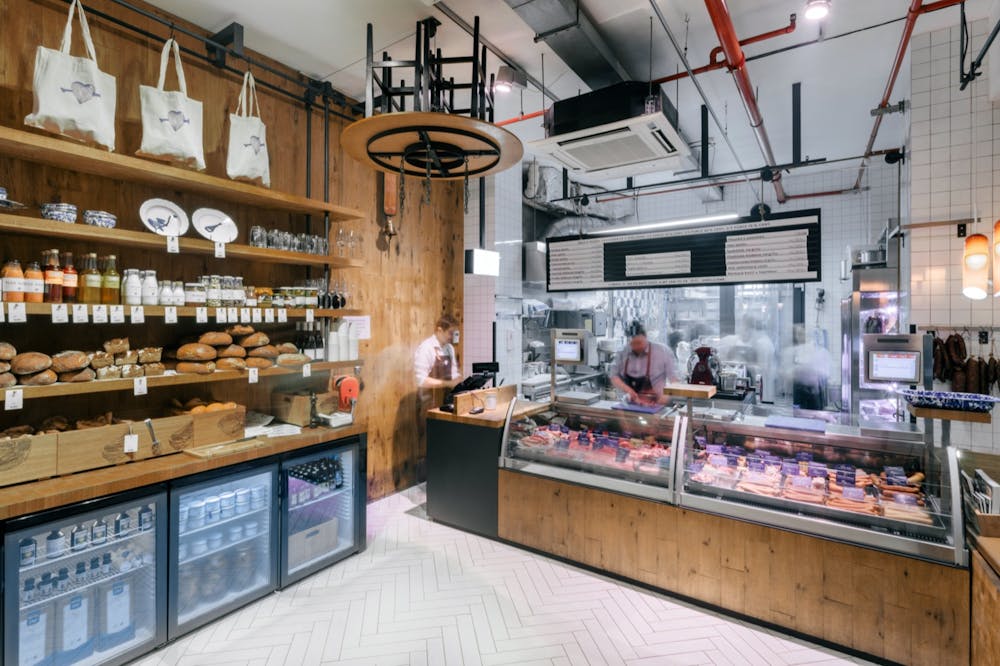
Where to get it: If you feel like some real meat experience, try Naše maso. Although it is primarily a butchery, they have a nice bistro there that serves the best meat delicacies you will find in Prague. Café Louvre also offers delicious salmon tartare.
Fried cheese (smažený sýr)
Smažený sýr, or smažák, is one of the few vegetarian dishes Czech cuisine might offer. This dish consists of a thick block of hard cheese (mostly edam or hermelin) breaded and fried in the same way as řízek. Smažák usually goes with french fries and mayonnaise. It is a common street food sometimes served as a sandwich in a hamburger bun.
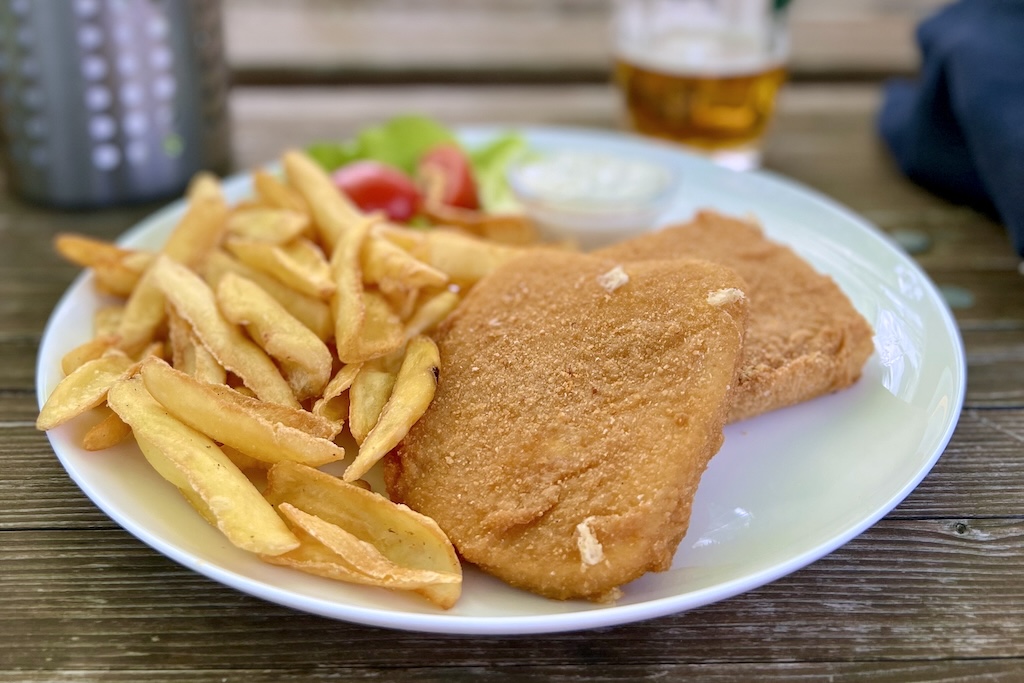
Where to get it: Honestly, it would be difficult to find a Czech restaurant where they don’t prepare fried cheese (even most Asian restaurants in Prague incorporated this specialty in their menu). But if you want to make sure to order a good sample, try one of the Lokál pubs – there is seven of them spread through Prague, so there is always one nearby.
Sweet dishes
When it comes to sweets, the Czech Republic is your childhood dream-come-true. Guess what, sometimes we just feel like eating a dessert as the main dish! Although it might seem rather odd, sweet main courses are very typical here. These include:
- Palačinky – palatschinken, a crêpe-like variety of pancake filled with marmalade or chocolate spread
- Lívance – Czech-style pancakes served with fresh fruits and whipped cream
- Buchtičky se šodó – sweet buns with warm vanilla cream
- Ovocné knedlíky – large dumplings filled with fruits (most often apricots, plums, blueberries or strawberries) garnished with sugar and curd or poppy seeds
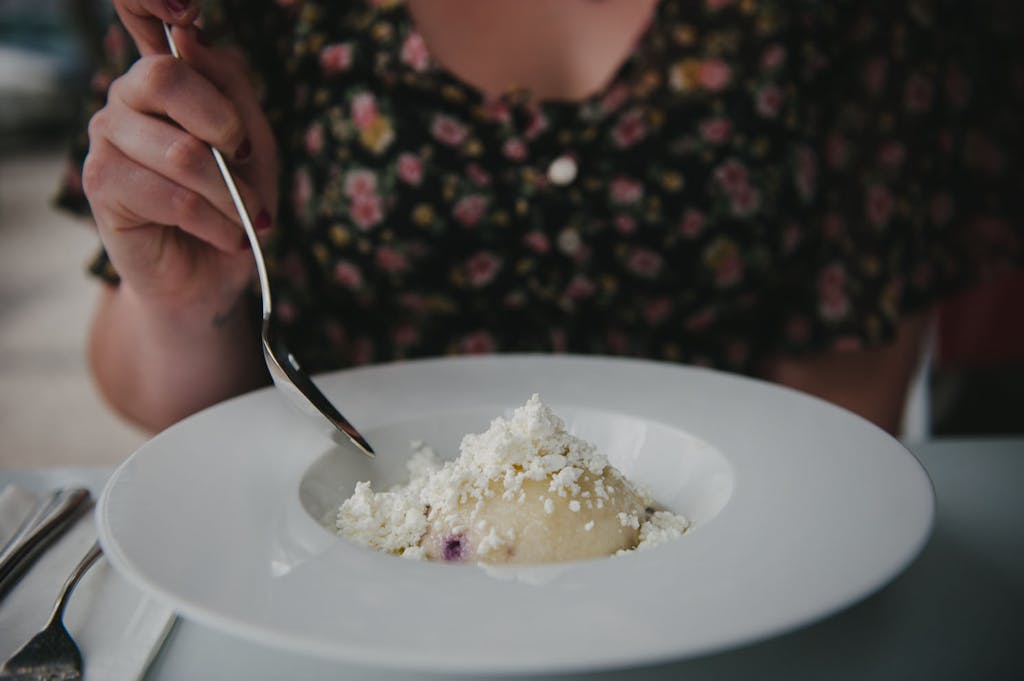
Where to get it: Unfortunately, there is no restaurant that would specialize in sweet main courses. However, Café Savoy often includes these on its weekly menu. If you are lucky, you will get the chance to try their renowned fruit dumplings with cinnamon. Café Louvre also has sweet dishes on its seasonal offer.
TIP: You may now combine your trip to the Prague Castle with a unique food experience. The Kuchyň na Hradě offers a daily menu from the traditional Czech cuisine directly on the premises of the castle.
All the snacks you shouldn’t miss
Because Czechs are beer lovers and because drinking beer requires some snacks to go with it, you will find plenty of local goodies and street food in Prague. Make sure you bring a large stomach with you, it won’t be easy to accommodate them all.
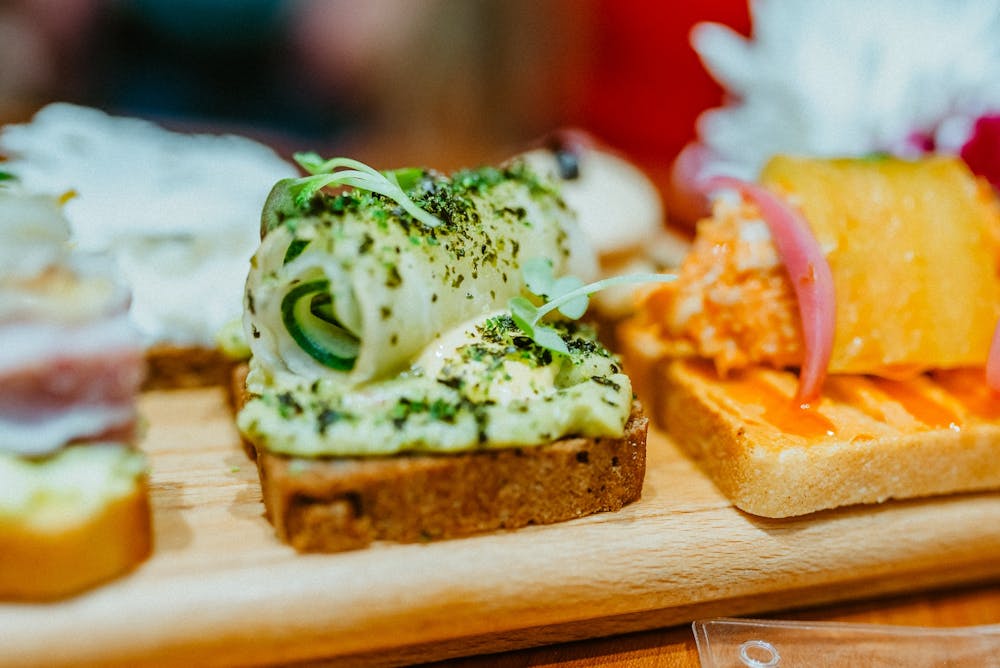
I don’t want to brag too much, but I think I can safely say that we have mastered the skill of pickling foods like no one else has. Oh man, there is nothing we cannot pickle. We pickle vegetables, we pickle mushrooms, we pickle fruit… But the ultimate king of pickled food is cheese! Our nakládaný hermelín, a Czech cheese of the camembert type with a coating of white mold, cannot be surpassed. If you don’t believe it, try it for yourself; almost every local beer hall has it on their menu.
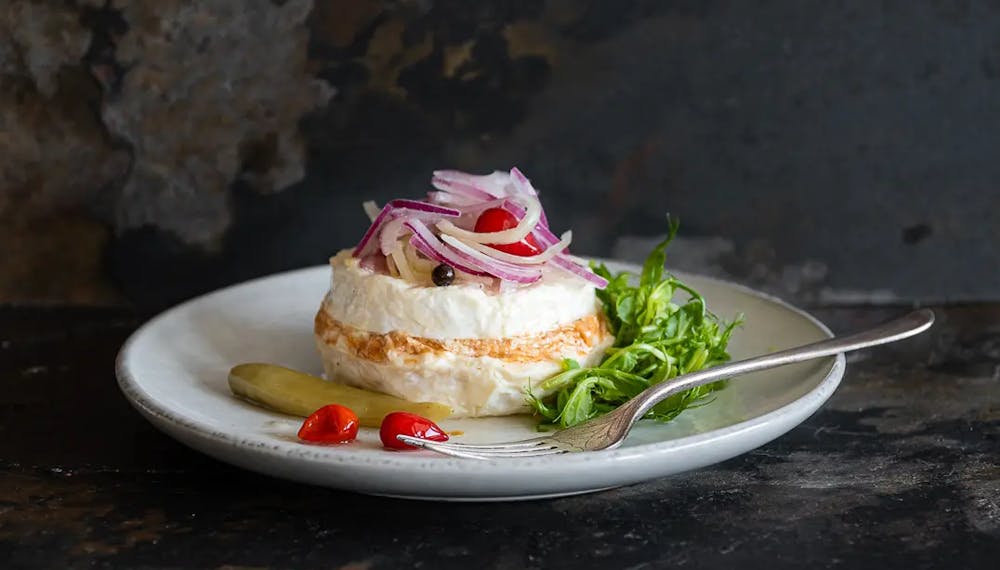
Not to leave the realm of pickled foods so fast, another pickled sensation is utopenec or the “drowned man” – a thick sausage marinated in vinegar with slices of onion, black pepper, and bay leaves. If you want to experience something truly Czech, this is where you begin. But don’t get misled, we also have sausages that are NOT pickled. In fact, we have plenty of sausages, of all possible shapes and sizes. Worth mentioning is especially klobása, smoked meat sausage of Polish origin, or talián, a traditional Czech sausage made from boiled beef meat. For those delicacies visit Kantýna, a real meat lovers’ paradise.
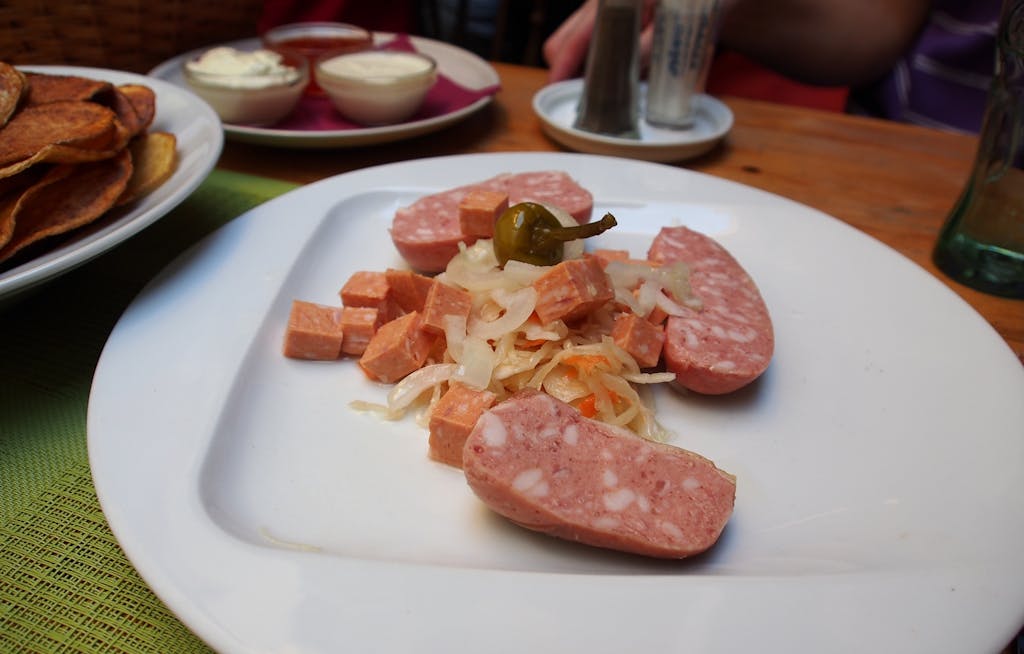
Speaking of sausages, we also have our own version of hot dog that we call párek v rohlíku, i.e. “sausage in a roll.” The main difference is not so much in the meat itself, but rather in the bun and the way it is served. The best párek v rohlíku in Prague is said to be in a stall on Náměstí Míru, next to the tram stop.
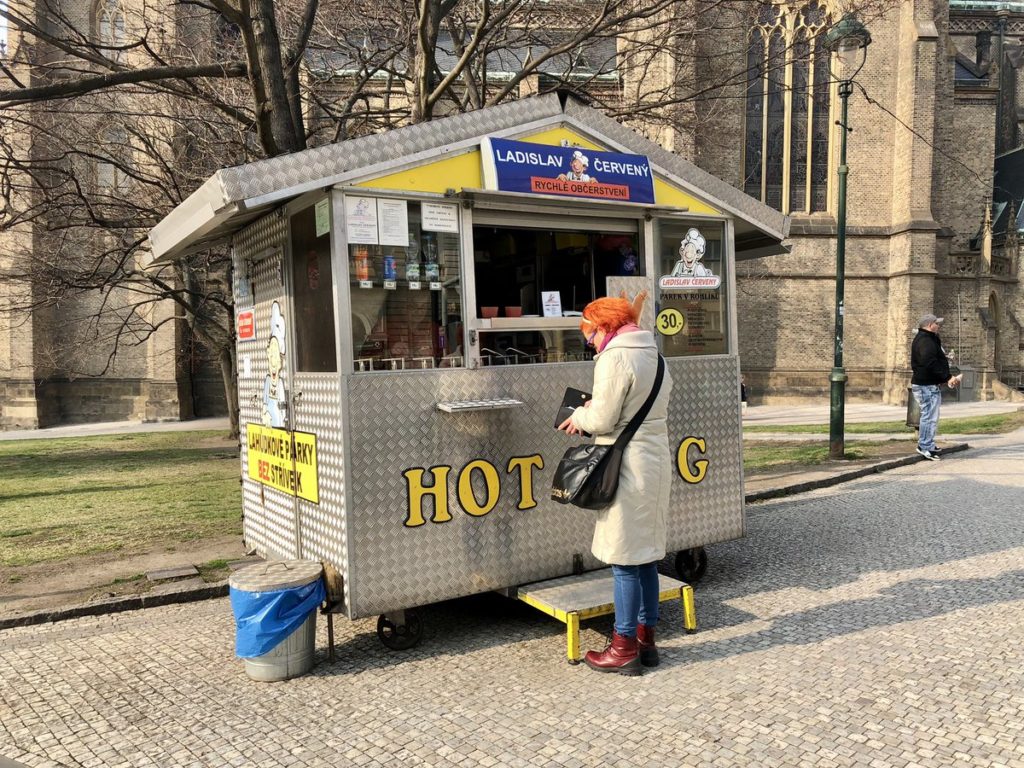
Another kind of street food you should definitely give a try is bramborák, a potato pancake made of grated potatoes with egg, breadcrumbs, and seasonings. It is great by itself, or with some saurkraut on top. But be careful, it can get a bit greasy. The same goes for langoš, a deep-fried dough served with ketchup and grated cheese. You will come across these two especially during the winter time at the Christmas markets, but langoš is also a staple at various summer festivals.
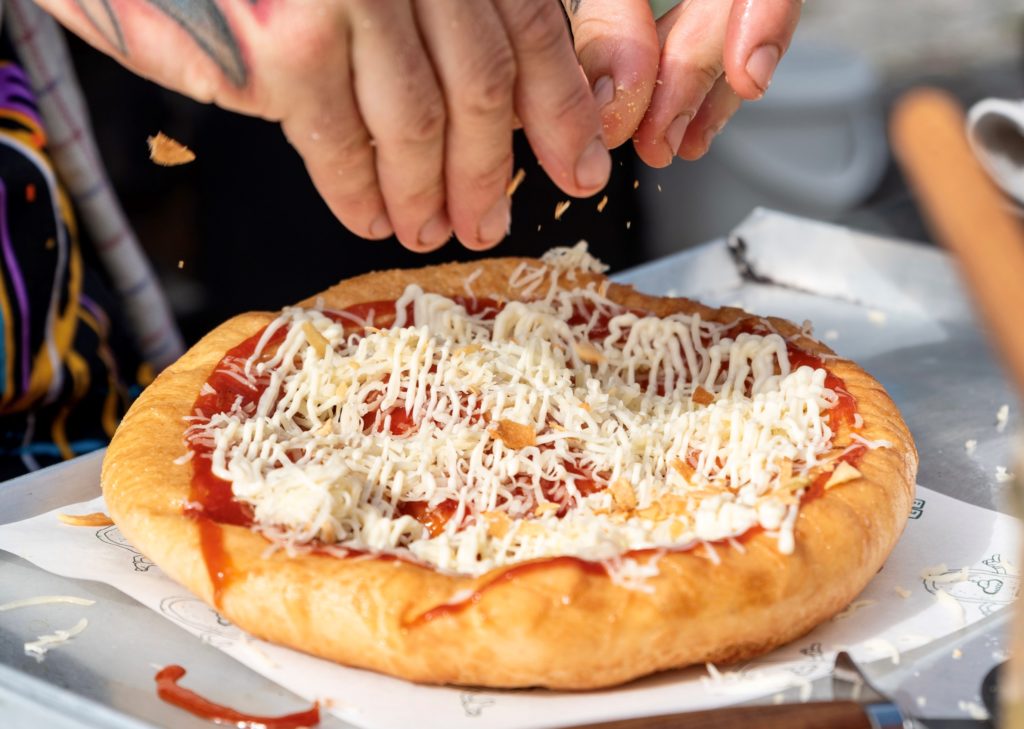
Meanwhile, why don’t you try the locals’ delightful open-faced sandwiches – chlebíčky. The name is a diminutive for “bread,” but this little treasure has much more to offer. On a thin slice of white pastry, a whole bunch of ingredients pile up and create the perfect combination of flavours. There is plenty of variations, but the traditional one includes mayonnaise salad, hard boiled egg, cheese, ham, and pickled (of course) cucumber. You will find these in most confectioneries around Prague or in the designer bistro Špejle.
This brings us to the matter of bread itself, which, as you might know, is something the Czechs are quite proud of. And no wonder, the traditional Czech chleba is really worth a try. As a clever mixture of simple ingredients, the wheat-rye bread is one of the pillars of our cuisine. You might either get a loaf in any bakery around Prague or go for a brunch to the Eska restaurant and bakery in Karlín.
Don’t forget the dessert!
It would be a sin to leave out the dessert, especially since Prague’s sweet houses have so many goodies in store for you. One of the most traditional Czech sweets is špička s vaječným koňakem – a crispy cone with sweet milk-punch filling dipped in dark chocolate. Don’t worry, you won’t get drunk from this liquor-filled delight, but it will definitely send your head spinning. Cukrář Skála has some of the best špičky in town, as well as the traditional Czech laskonka – a fluffy white dough with walnuts and creamy filling, yummy!
Another typical confection is kremrole. This tube of puff pastry filled with whipped cream is so simple, yet so delicious. You cannot eat just one! It goes well with větrník, a choux pastry at its best! Similar to the French profitterole, větrník is a large dessert filled with vanilla and caramel cream, topped with caramel glaze. I wonder if you can conquer this one? If you feel like it, try the one at Myšák pastry-shop.
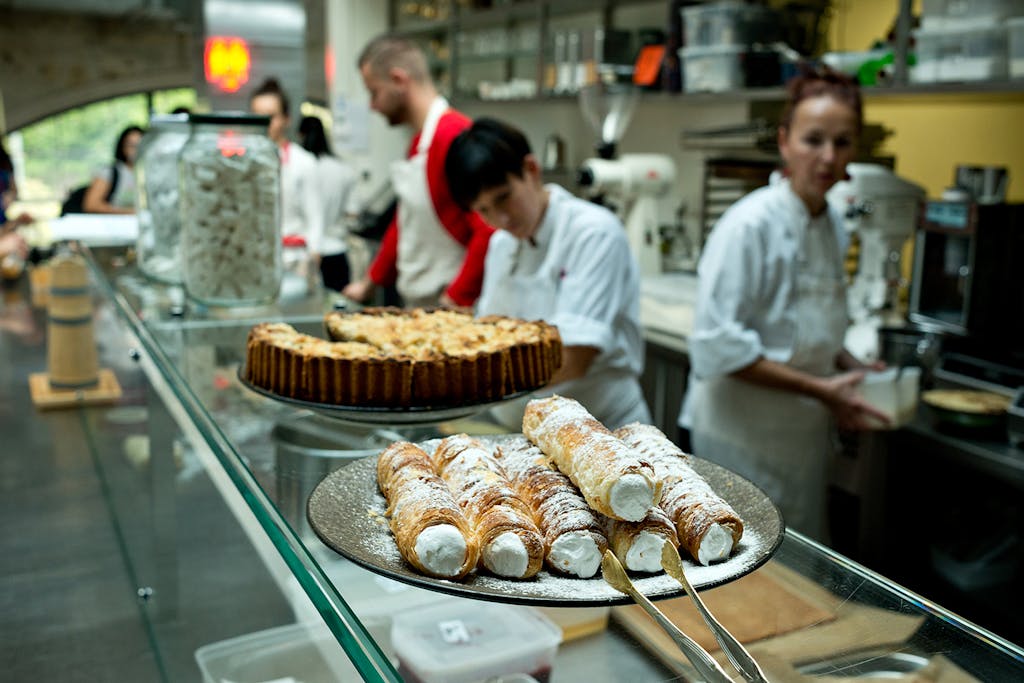
Oh, and koláče… the traditional Czech koláče are so famous that they even made it abroad with the English-friendly spelling kolache. A thin layer of supple dough holds a portion of fruit, curd or poppy seeds with a crumbly topping of flour, butter, and sugar. Merhautovo pekařství is just the right one for good old koláče. Also, Pekárna Kabát has some nice koláče for you.

A fun fact to conclude the confectionary section: have you ever heard of trdelník? This originally Austrian kind of spit cake has gradually accumulated a lot of myths, some of which claim it as a Czech product. Although it is not quite so, trdelník might still be worth a try, especially since it is included in the 2018 list of top 500 food experiences by Lonely Planet, book version.
We’ve got some local drinks, too
Did you know that the Czech people don’t always drink beer? It’s true, I saw it! But for real, apart from our renowned pivo (beer), slivovice (plum brandy), and becherovka (herbal bitter), we have some soft drinks perfect for hot summer days.
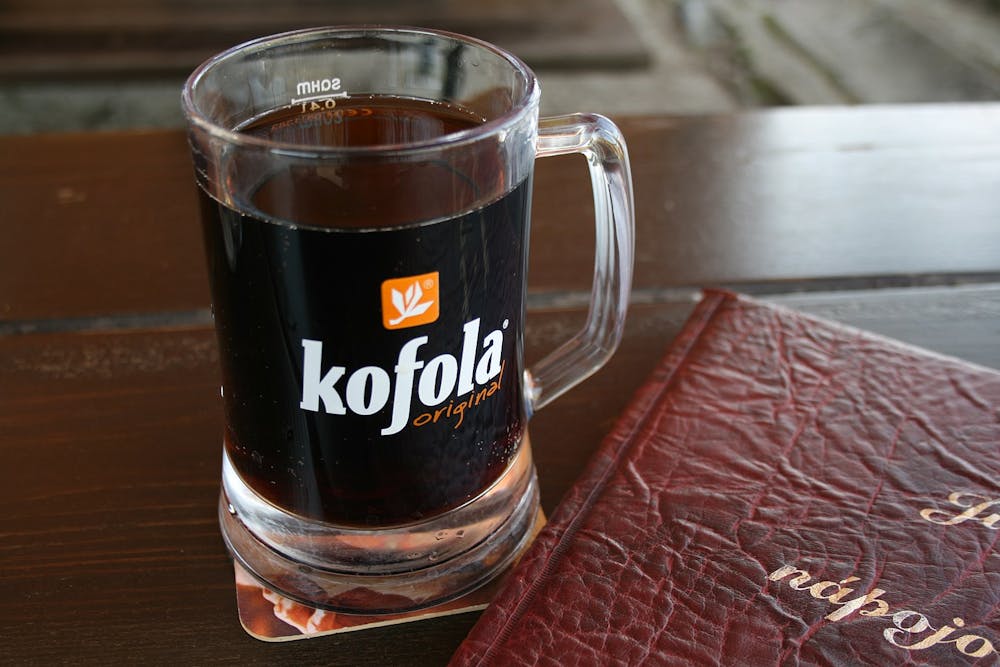
Are you a Coke or Pepsi person? You may forget about both while staying in Prague, we have our own brand – kofola! Designed by the Communist Party of Czechoslovakia in order to match the Western drinks, kofola has an amazing sweet flavour with unique herbal and spicy undertones. If you feel like something fruity instead, try malinovka – a refreshing raspberryade served from the tap in many local beer halls. And for wine lovers, we have a non-alcoholic alternative to their favourite drink: vinea. This carbonated grape-based beverage will be a pleasant change for your taste buds. You will come across all three of these drinks especially during the summer in most local beer gardens.
Edible souvenirs
Once you taste the treasures of Czech cuisine, you will want to bring some to share in your homeland. Unfortunately, the food policy of most airports doesn’t allow you to transport a lot of edible products, so you need to be careful with what you put in your luggage. Some nice souvenirs to take might be perníčky – gingerbread cookies made in various shapes with cute icing decorations. You will find these especially during Christmas at the markets or in Perníčkův sen all year round.

Another typical food souvenir comes from the spa town of Karlovy Vary – lázeňské oplatky. These big round wafers have a long history in Central Europe and they are an inherent part of every spa experience. You will get these in a nice gift package even in the duty-free stores at the airport, although they taste the best when still warm from the baking form.

July 20, 2022

